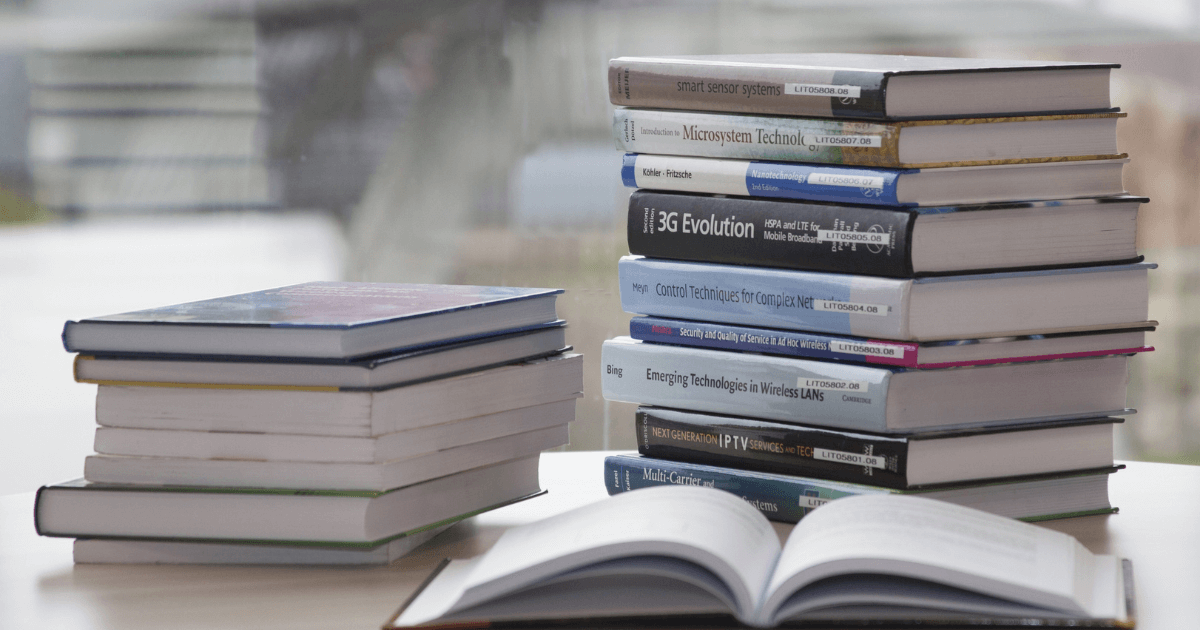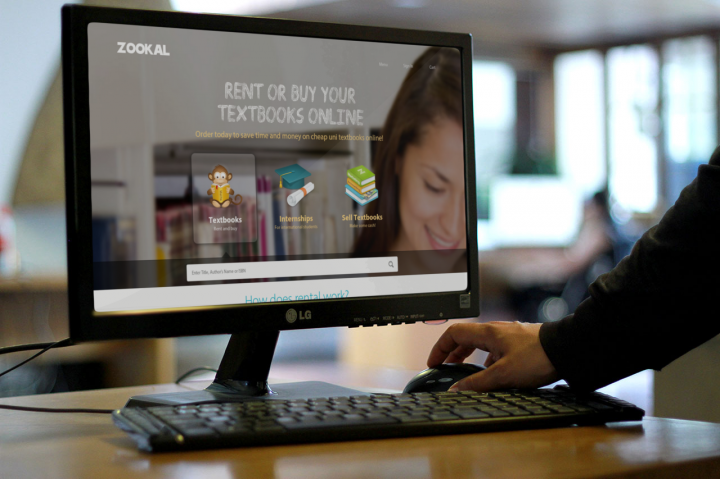EBook Readers History and Beyond

The oldest digital library, Project Gutenberg was founded in 1971. The first digitized work created by Project Gutenberg, was the Declaration Of Independence. Project Gutenberg is still going strong today with over 100,000 titles and 30,000 available for free.
Digitized books were great, but they had to be read on a computer. Then in 1998 the first portable eBook readers were introduced. The soft book reader and the Rocket eBook were the pioneers in portable eBook reading.
Gemstar purchased the rights to both of these eBook readers and even promoted their version on Oprah. But with limited book selection, clashing formats, and high prices even Oprah wasn’t able to usher in the dawn of the earliest eBook readers.
In 1999 Franklin introduced the eBookman which also had a PDA function and could play and record sounds.
Philips also created an eBook reader which pioneered the use of e ink electronic paper. In 2006 Sony introduced their first eBook reader, the Sony Reader which featured e ink. Sony also has it’s own eBook store.
With a sophisticated portable device and available eBooks, portable eBook readers are starting to catch on and becoming a viable option. The following year in 2007 Amazon launched the Kindle in the US.
What made the Kindle revolutionary was that it had built in wireless called whispernet, and was backed by the large eBook selection of the Amazon store. Plus, with click of a button you could purchase and download an eBook in 60 seconds. Because your Amazon Kindle was linked to your Amazon account, you didn’t have to mess with payments and credit cards.
Another nice feature of the Kindle is that you can download the beginning of any Kindle eBook free of charge. So there is no excuse, for purchasing a book, you don’t actually want to read.
In October of 2008, the Kindle got a bit of a kick in the pants, when Jeff Bezos appeared on Oprah, with the Kindle. Oprah claimed the Kindle was her new favorite gadget and Kindles were given to the audience.
After the Oprah show, the Kindle was sold out, and remained out of stock, and on back order until the introduction of the Kindle 2 in 2009. The Kindle 2 was an improvement on the first Kindle, it was a little more stylish looking, and had more vivid text and better storage and battery capacity.
Months later Amazon introduced the Kindle DX which is similar to the Kindle 2. The DX is larger, and has a better resolution, increased memory and battery capacity, and it can read native PDF files. Also, the screen can rotate from portrait to landscape view, which makes viewing charts and graphics easier.
Rumor has it, that the new large screen Kindle, will lead the way into the textbook market for the Kindle. Imagine saving money on textbooks, carrying everything around in one lightweight device, and no more long bookstore lines.
IRex also makes a large screen digital reader, it costs about 400$ more than the Kindle DX and it has a touch screen you can mark up with a digital pen.
Where there is a market there is competition. As digital readers evolve they will become more ubiquitous, think iPod. Currently, most eBook readers are still for early adopters. Although, there have been some informal studies showing that the Kindle demographic is an older crowd.
This could be because older folks like to read more, or they have more time and disposable income. Some even speculate it’s because of the adjustable text size on the Kindle. No glasses no problem.
Whatever the reason may be, as available books and functionality increase, while at the same time prices drop, a tipping point will be reached. And having an eBook reader will be as common as having an iPod or a cell phone.







